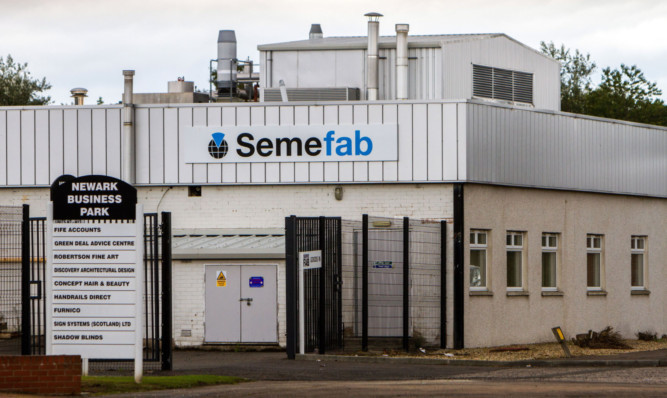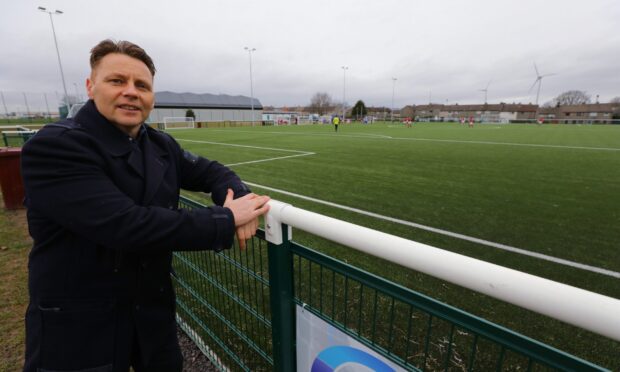Semefab, the Glenrothes semi-conductor manufacturer at the forefront of the UK’s micro and nano technology (MNT) network, achieved its predicted recovery last year.
The silicon wafer foundry operation leapt from a pre-tax loss of almost £600,000 in 2014 to a profit of £300,000 in 2015.
Director Allan James said the 2014 performance had been affected by non-recurring, one-off anomalous events.
Gross margins that year were adversely impacted by additional staff hired in response to the improving market requiring training but not being fully productive.
Another problem at the Eastfield Industrial Estate workplace where about 100 staff are employed was that some suppliers had unexpectedly increased prices.
Additional investment into work in progress had been expected to convert to revenue but, due to unforeseen events beyond the control of the company, had to be postponed.
A further problem in 2014 had been a two-week enforced shutdown and recovery of all electrical plant and equipment.
The reason was the three yearly mandatory Fixed Wiring and Electrical Inspection which had interrupted production.
In the year to October 2015, however, turnover was up 14.6% at £10.38m and pre-tax profit recovered at £300,187.
Mr James said 2015 had seen continued growth in orders with confidence returning to markets in Europe, UK and China. Gross margins improved by six points on the previous year.
The board continued to believe the company was in a strong financial position with net current assets and shareholder funds of £1,572,579 and £4,351,588 at the year end.
The Complementary Metal Oxide Semiconductor business in China continued to be strong, and the Closed Circuit Television Camera market, where Semefab’s sensor is employed, was significantly outperforming the China economy generally.
He added: “The company continues to be involved in development activities in Pressure Sensors for the European automotive sector, and has been awarded a TSB grant to collaborate with Swansea University and a commercial partner to develop a genenric platform point of care diagnostic sensor.
“We continue to attract a significant number of inquiries for prospective new business in the security, automotive and bio/medical sensor fields.”
Semefab had reviewed its approach to product development, he explained, and remained at a competitive cost base with low financial gearing and significant reserve manufacturing capacity.
The actions were taken to mitigate risks from shortening development to production timescale and energy costs, which continued to rise at a higher rate than inflation.










